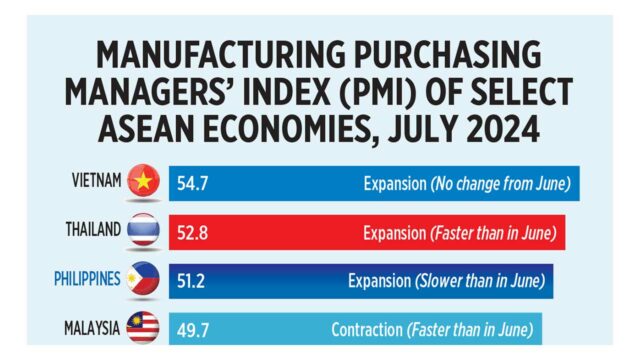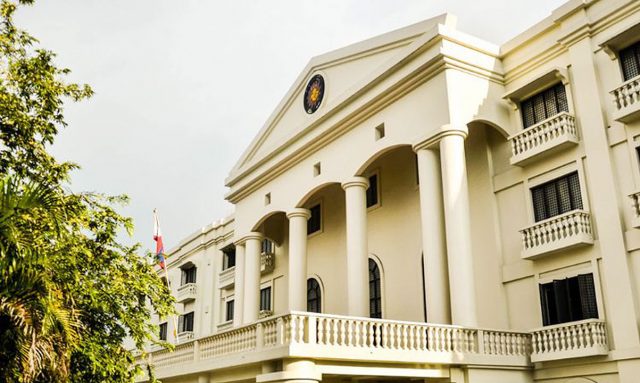Golf: Neuroscience reveals the secrets of better putting — new study
The world’s best golfers make playing look so effortless, it’s hard to imagine what’s going on inside their minds. But modern neuroscience allows us to do exactly that. My team’s new study shows how different parts of an expert golfer’s brains are activated when they putt their ball into the hole.
Putting is a crucial part of golf. Using their putter when the ball is on (or just off) the green, golfers gently roll their ball towards the hole. Good putting distinguishes the most successful players in any tournament, as it can make up 40-50% of the total number of strokes on each round (on average, around 1.8 putts per hole). Winning a tournament can often come down to holing a final, dramatic putt.
Our team focused on what makes golfers good at putting, particularly the mental processes required to do it consistently well. Putting’s structured routine makes it easy to study and analyze. Before each putt, golfers enter a preparation phase where they stand still with the putter just behind the ball (a position called the “address”). This period can provide insights into the mental and physical processes involved in preparing to putt.
To explore these mental processes, we measured brain activity using electroencephalography (EEG), which measures electrical activity in the brain. This offers an accurate way to measure the timing of brainwaves as they happen, making it ideal for sports research.
Scientists categorize brainwaves based on their frequency ranges (measured in Hertz), which are associated with different functions. The brainwaves researchers mainly explore in putting are the theta band (4-7 Hz: associated with concentration and error detection in motor tasks), the alpha band (8-12 Hz: attention and arousal control), and the beta band (12-30 Hz: associated with motor preparation).
In our study, published in the Journal of Frontiers in Psychology, myself and colleagues tried to see if there were differences in brain activity between successful (when the ball goes into the hole) and unsuccessful putts.
SUCCESSFUL PUTTS SHOW DISTINCT BRAIN PATTERNS
We recruited 28 expert-but-amateur golfers (20 of whom were men) with an average age of 24.2 years to participate in a testing session. These participants each made 140 putts while wearing an EEG head system to record their brain activity.
We used two methods to analyze their brain activity. The first was “time-frequency analysis,” which examines how signal frequencies change over time. This allowed us to measure what was happening in the brain in the final three seconds before the player made contact with the ball for each putt.
The second was “movement-related cortical potentials,” which helps us understand how the brain plans, prepares and executes movements. In our case, the movement was the golfer beginning their the putting action.
Our study reveals that successful golf putts show distinct patterns of brain activity.
From the time-frequency analysis, we found successful putts were associated with changes in beta and theta brainwaves in the final three seconds before putting. Successful putts showed a more pronounced decrease in beta activity during preparation than unsuccessful ones. This suggests these golfers had better preparation when they went on to putt the ball into the hole.
Based on this finding, we would advise players to commit to their stroke and have a clear plan in mind, so they can experience the earlier onset of beta suppression. Crucially, they should not alter their plans just before putting the ball.
If they are not sure of what strategy to use — in other words, what direction they should aim the ball and how hard to hit it — we would recommend stepping away, then re-starting the process of hitting the putt with a clearer plan.
COMMIT TO YOUR STROKE
In our study, successful putts also tended to show lower theta activity in the frontal region of the brain, especially just before contact between putter and ball. The higher theta activity during unsuccessful putts may indicate hesitation or the need to adjust the motor plan before execution.
Our findings emphasize the importance of committing to your stroke when putting. It’s common coaching advice, but now we have data to back up why it’s so crucial.
Our analysis of the movement-related cortical potentials also found differences in brain activity. Successful putts were associated with more efficient processing and less energy expenditure, compared with unsuccessful ones. So, successful putts cost the players less brainpower.
Many golfers report knowing what it “feels like” to putt well. It’s hard to replicate this feeling consistently, though. If you want to putt better, practice your skills so you can dependably perform the motor action and handle the pressure of competition.
This finding supports the “neural efficiency” theory in sports research, which says that experts have less neural activity when they complete a task related to their profession.
Across different sports, from archery to tennis, researchers have found experts are simply more efficient in their mental processing, which allows them to activate different parts of their brains when they play. In other words, practicing a sport doesn’t just change your body — it can literally alter your mind.
THE CONVERSATION VIA REUTERS CONNECT
Laura Carey is a lecturer in Health and Life Sciences at the University of the West of Scotland. She works for Perception Sport. To complete the study published in Frontiers, financial support was received for the research, authorship, and publication of this article.















 “We are inviting the private sector partners, business people and leaders, development partners, and our local government units to partner with us in building a better Philippines,” he added.
“We are inviting the private sector partners, business people and leaders, development partners, and our local government units to partner with us in building a better Philippines,” he added.